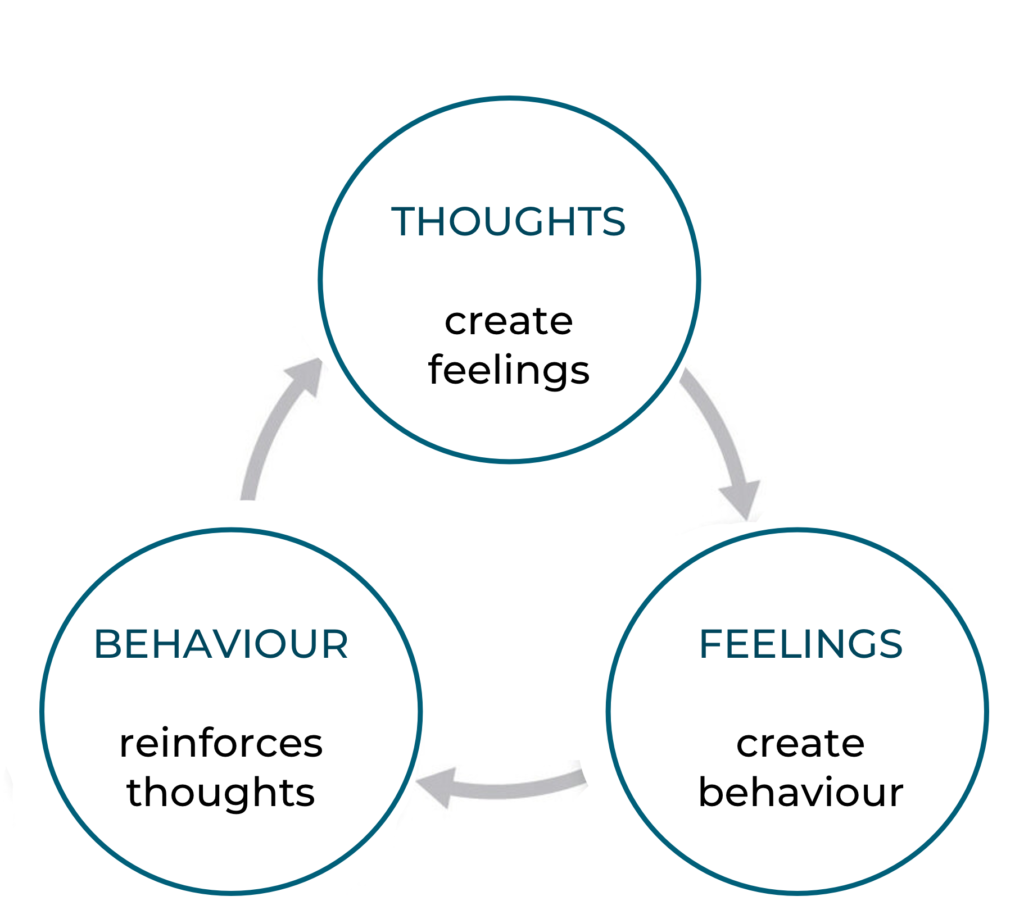Do you turn to food and emotional eating when you are stressed? You are not alone. Food can be one of the most accessible and easy coping tools for comfort, helping us escape uncomfortable feelings.
In this blog post, I will explore the reasons why we develop an emotional eating habit and strategies to manage it.
Why do we use food to sooth ourselves?
First of all, there is nothing wrong with using food to cope with difficult situations or emotions. When we were babies, our tears were soothed by milk. Eating is an inherently satisfying behaviour. It activates our brain’s reward system. Food hasn’t just been a fuel for a long time – sharing meals together as a family or a community is an important part of our social lives. We may be feeling down, and a meal cooked by a close friend, or a dinner shared with a family member can be all we need to feel better!
The emotional eating habit becomes problematic when we always eat whenever we feel stressed or experience uncomfortable emotions. This could be a way to avoid dealing with those emotions, instead distracting ourselves with food.
Does emotional eating work long-term?
Using food to cope with life is a short-term strategy. Eating may provide a temporary relief, but the root of the urge won’t go away. Unexpressed emotions will keep coming back until you face and address them. Our emotions are messages that will keep coming back until you finally “open the envelope” and read what they want to tell you!

What are the risks of emotional eating?
Avoiding uncomfortable emotions can lead to an unhealthy cycle of overeating, followed by feelings of shame or guilt, and then using food again to deal with those unpleasant emotions.
This creates another layer of emotional discomfort. Now you are not just dealing with the stress, or whatever was the root cause of emotional eating but also feelings of shame and guilt for overeating.
It’s important to notice how emotional eating affects your physical and emotional health. After overeating, you may experience a drop of energy, headaches and “brain fog”. It may affect your digestion, skin and provide short-term emotional relief but leave you feeling down afterward.
How do I address emotional eating?
Emotional eating has two parts: emotions (the root) and eating (the habit).
The key is to address the root cause first – dealing with emotions – followed by addressing the eating habit. Trying to change the habit without understanding its causes rarely leads to long-term results.
How we cope with stress is one of the biggest causes of emotional and compulsive eating. It comes down to emotional resilience and our ability to regulate our emotional state. The habit of using food to self-regulate develops over time, but learning new, healthier coping skill is possible. The key is to recognise our emotions and how we respond to them.
What role does emotional resilience play
I am often asked what is the biggest difference between people who have addictive behaviours or habits that negatively impact their lives and those who don’t. The answer is their emotional resilience and coping tools for dealing with life’s stresses and uncomfortable emotions. Some of us were fortunate to learn healthy coping skills from our families, while others were not.
The good news is that our brains are neuroplastic, meaning they can change. Having healthy coping tool to deal with life are skills you can learn.
Like with any new skill, it takes time and practice to master. So be patient with yourself. It may not be a linear progression, and you will experience setbacks, and that’s ok. Keep going!
4 steps to build emotional resilience and stop using emotional eating
Here are a few steps to help you to build emotional resilience:
- Be in touch with your feelings and thoughts. Using a diary or an urge tracker could be useful to build up mindfulness. Over time, this will help develop the habit of checking in with your feelings before giving in to a craving.
- Remove labels from emotions and welcome feeling them all: There are no good or bad emotions. Letting yourself feel all emotions removes the fear and stigma of uncomfortable ones. Life often follows a universal 50/50 rule — 50% of the time you feel happy and fulfilled, and the other 50% of the time you face challenges and unpleasant emotions.
Remember, it may be difficult to appreciate happiness and joy without contrasting unpleasant emotions. When you welcome all emotions without judgment, they will pass. However, if you distract yourself with food or something else to escape them, they will keep coming back. Here is a wonderful Feelings wheel to check on what you are feeling. - Know your Window of Tolerance. Read my previous post on what is it and why it is important for emotional regulation.
- Watch your nutrition: With current trends in the food industry, many foods are engineered to be addictive. Keep these foods out of reach, stock healthier snacks at home, and ensure you have regular meals. This will help regulate insulin levels and reduce the likelihood of cravings.
- Getting rid of restrictive eating mindset. Restrictive food rules don’t address the underlying behaviour and may fuel the cycle of shame and guilt.
Riding the urge to emotionally eat
If you feel the urge to eat, it’s often a sign of strong feelings.
- The first step is to determine whether you are experiencing physical or emotional hunger. Physical hunger usually builds gradually, while emotional hunger tends to come suddenly and manifests as a craving for specific comfort foods.
- If you identify that it’s emotional hunger, the second step is to check in with your emotions and thoughts. What are you feeling right now? What thoughts are running through your mind? What is the root cause of these feelings and thoughts?
Once you’ve brought these feelings and thoughts to consciousness, the next step is learning to sit with them. Don’t run away from them or give in to the urge to eat.
Building a new habit of doing something other than eating will take time. Here are a few alternatives to emotional eating:
- Journaling or writing a letter (without sending it) to openly express your feelings
- Talking to a trusted friend
- Giving yourself permission to feel all emotions and having a good cry
- Expressing emotions physically, through exercise
- Distracting yourself with activities you enjoy — create a list of things to do when facing stressful situations to help you process emotions
- Seeking professional help from a therapist, coach, or mental health practitioner.
Cultivating self-compassion
Lastly, processing emotions is hard work, and coping with difficult feelings can be uncomfortable. Turning to food for comfort is a natural behaviour — it’s not a sign of a lack of self-control.
Cultivating self-compassion and self-acceptance without judgment is crucial. Tell yourself: “I’m going through a stressful time and dealing with painful emotions, so I’m reaching out for food to cope. I’m human.” This reframes the situation without spiralling into shame, which could further fuel the behaviour.
Building a new habit takes time, but the journey is worth it. And remember, there is plenty of help available!







